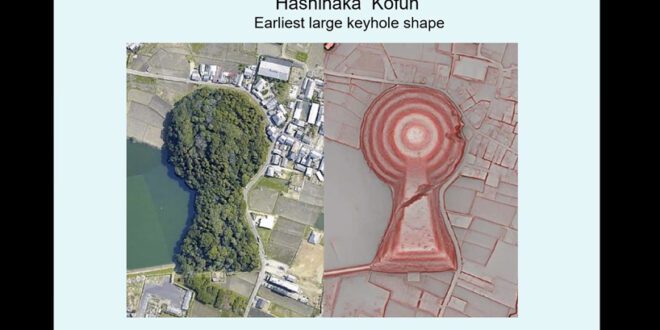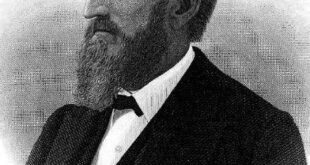Laura Miller, the Eiichi Shibusawa-Seigo Arai Endowed Professor of Japanese Studies and professor of anthropology, gave a comprehensive presentation on kofun during a special digital event called “Kofun Mania.” The event, sponsored by UMSL Global and the Japan America Society of Chicago, attracted over 30 kofun enthusiasts from around the world.
Miller’s fascination with kofun began while she was researching a book on Japanese cultural history, specifically focusing on Himiko, the queen of Yamatai. During her research, she made multiple visits to the Hashihaka Kofun in Sakurai, which is rumored to be the tomb of Himiko. These visits sparked a passion for kofun that she now shares with others.
During her presentation, Miller provided an overview of kofun and their historical origins. She explained that kofun were constructed between the third and seventh centuries and initially took the form of large earthen mounds. The earliest kofun was built in 248, and construction continued until about 538. After that, a different type of kofun, either made of stone or with chamber-style structures, emerged and lasted for about 100 more years. Kofun came in various shapes, including circles, squares, and hexagons, but the most iconic shape is the keyhole shape known as zempō-kōen-fun.
In a kofun, the remains of the deceased were placed in either a stone or ceramic coffin and put in a round part of the structure. Alongside the remains, grave goods such as Chinese bronze mirrors, bronze weapons, vessels, and other items were also placed in the coffin or around it. Outside the kofun, ceramic cylinders or cylinders with images of people or animals were commonly found.
Of the more than 160,000 kofun in Japan, the majority are located in the Kansai region, particularly in the Nara and Osaka Prefectures. The Mozu-Furuichi Kofun Group, a collection of fifth-century tombs in the city of Sakai, has been particularly notable. The city lobbied for over a decade to have the kofun group designated as a UNESCO World Heritage Site, and they succeeded in 2019.
Miller then discussed various cultural expressions related to kofun. Local festivals, known as kofun matsuri, have been successful in attracting tourists and showcasing the pride in local history. These festivals offer activities such as traditional taiko drumming, magatama bead making, storytelling, and food stalls. Many people also dress in kofun-period clothing during these festivals. Kofun motifs can also be found in consumer goods and advertisements, including bento boxes, jewelry, pillows, sketchbooks, beer, wine labels, and coffee packaging.
Miller concluded her presentation by examining why kofun have become such a popular subject of interest. She highlighted two major factors. First, the regional and civic efforts made by communities like Sakai to promote their kofun and attract attention through cute mascots and cartoon goods have played a significant role. Secondly, the influence of Marikofun, an Osaka-based singer and writer who has visited over 1,000 kofun sites and created books and YouTube videos about them, has made kofun more appealing to the general public.
Overall, “Kofun Mania” provided a comprehensive look at the history and modern fandom of kofun, shedding light on the significance and cultural expressions surrounding these ancient burial mounds in Japan.
 Mind Uncharted Explore. Discover. Learn.
Mind Uncharted Explore. Discover. Learn.




